Malcolm’s guide to fishing baits & groundbait
Join Malcolm Parnell as he explores the mysteries of baits and groundbaits, some supermarket favourites and even his own tried and tested home made boilie recipe!
‘The finer the bait, the shorter the wait’ – Frank Gorshin aka The Riddler. I’ve no doubt this quote from the Riddler was probably alluding to some nefarious way of trapping his arch enemy Batman, and absolutely nothing to do with angling. However, if you stop and think about it, from a fishing point of view it’s absolutely bang on.
Knowing which bait to use is a fundamental part of angling. So many different baits have caught so many different fish and such is the variety of baits now available to the modern day angler it can be an expensive trip to the tackle shop. Surely there are cheaper alternatives: well, yes there are and it maybe worth taking a look at some of them, where to get them and what, if any preparation is required before using them.
For the novice angler, the subject of baits can be a confusing one. In fact, now I come to think of it, not just the novice angler. Even those of us who have been around the clock a few times can find modern baits a tad perplexing.
Just take a trip to your local tackle shop if you doubt that statement. Indeed, if a time travelling angler from the sixties or seventies walked into the bait section of any of today’s tackle shops, he or she may be forgiven for thinking they have entered the wrong establishment and have in fact mistakenly gone into the sweet shop next door.
Bewildering
And for all but the seasoned professionals, when faced with shelves full of brightly coloured jars, bottles and bags it can be a mind boggling experience. Now, I have no doubt that the vast majority of these baits do exactly as is said on the tin, but, I do wonder if some of them are designed more to catch the angler than the fish.
Surely baits don’t need to be so complex, nor indeed so expensive. let’s take a look at some of the cheaper options that have been tried and tested over the years, and let’s start with the humble maggot.
Maggots
As a general all round fish catcher nothing beats these tiny grubs. Just about everything that swims will munch on maggots at some time, and yet when considering maggots many anglers see them only in terms of catching small fish and as such are denigrated to second class. The fact is, however, that barbel, tench and carp all find maggots a tasty snack.
Shop bought maggots come in a variety of weird and wonderful names such as pinkies, squats and gozzers. You can also buy them in every colour under the rainbow, with red seemingly to be the most attractive both to fish and to anglers.
Cooked Maggots
One way of fishing with maggots from a bye-gone age which now seems to have been forgotten is to cook them. To do this drop the maggots into a pan of boiling water and give them a quick stir for a couple of minutes. Discard any floaters and then drain the water off. Once cooked the maggots will have expanded in size making them very attractive to fish, particularly bream.
Casters
Casters are the next stage in the metamorphosis of the maggots, before they become flies. I love fishing with casters as they have an uncanny knack of picking up a better stamp of fish.
For instance, when fishing with maggots for roach or rudd it is often the case that small 2oz fish will be homing in on your bait almost as soon as it hits the water. A quick switch to caster and suddenly you’re pulling in fish several ounces bigger. I don’t know why this is, but it happens a lot.
Storage
As with all baits, the fresher the better, so keep your maggots and casters in the fridge to keep them in tip top condition. When using casters as bait cover them with water and discard any that float. For general use with maggots and casters a hook size of 18 or 20 would be about right
Bread punch
Another brilliant fish catcher is bread. Bread can be used in a multitude of ways. Bread punch is a great bait for catching small silver fish. To use this you will need a fresh sliced loaf and a bread punch (I have known people who use a hollowed out ball point pen).
Bread punches come in differing sizes and are pressed into the slice, resulting in a small disc of bread being pulled from the slice which is then placed on the hook. This method is particularly effective when fishing with a pole as the lack of casting ensures the bread remains securely hooked.
Bread flake
Pull a chunk from the centre of a fresh loaf and pinch it around the shank of the hook, leaving one end fluffy and enticing. Bread flake can be used as small pieces for roach or rudd or much bigger pieces for chub or carp. The size of hook should reflect the size of flake being used, but, whatever size always leave the point of the hook exposed.
Bread crust
As a surface bait for carp I think this is unbeatable. To use, tear off a piece of crust and push a suitably sized hook through the crust ensuring the point is exposed. It can now be used either free lined or if you need to cast some distance to reach your fish use a controller float. The crust is very buoyant and carp, chub and rudd love it.
Bread Paste
Another cracking way of using bread is to make a paste. Remove the crust from a thick slice of bread and break the remainder into half a dozen pieces. Place pieces on a clean white cloth and sprinkle liberally with sugar.
Gather up the four corners of the cloth and dip very quickly into a pan of simmering water. Knead the bread with fingers into a putty like consistency. This is a great bait for roach, bream, chub, tench and carp.
Extra dimension
To add an extra dimension to your paste, grate some cheese onto the bread before dipping in the water to make a cheesy bread paste. Or if you want it really sweet, try adding honey.
Luncheon meat
Again a good all rounder, but particularly effective when fishing for carp, barbel, chub, tench or bream. Spam, bacon grill, chopped ham and pork, are all proven baits and are cheap to buy and simple to use.
Simply open the tin and cut to preferred size cubes (It is best if this is done at home and the tin discarded in the recycling bin). Either place the cube directly on the hook or mount on a hair rig.
To give the meat even more pulling power you can flavour it. To do this, place pieces of meat in a container (air tight if possible) and add whichever flavouring you choose. Place container in freezer overnight then remove and defrost. You will now have flavoured meat.

Spam, bacon grill, chopped ham and pork, are all proven baits and are cheap to buy and simple to use.
Sweetcorn
Like luncheon meat, sweetcorn is easy and cheap to obtain, either in tins or frozen. It is mainly considered a summer bait and is a favourite of just about all species. It can be used straight from the tin or it can be coloured or flavoured to boost attraction.
A single grain on a 16 hook with a few pieces used as loose feed scattered around the hook can be deadly, particularly when fishing for tench or crucian carp.
Chick Peas
Often overlooked by carp anglers, chick peas are an excellent bait. They can be bought in tins from any supermarket, require no preparation and can be placed straight from the tin onto the hook.
Pellets
Once only a favourite with carp anglers, pellets have now become a staple diet for most coarse fish. They can be bought in varying sizes from 2mm up to 20mm and are excellent as both a hook bait and as loose feed. Fishmeal is the ingredient mainly used in the production, with oils added to boost attraction and slow breakdown in the water.
For easy use as a hook bait buy the pre-drilled type or use a boilie drill then mount on a hair rig. Another option is to use soft hookers. These are specially prepared pellets that are soft and can easily be pushed directly onto the hook.
A third option is to use a pellet band. This is simply a tiny elastic band that is placed around the pellet and then slipped onto the hook. All pellets come in a variety of flavours, with halibut pellets being a favourite for carp and catfish.
Dog biscuits
Back to the supermarket again. Cheap to buy, dog mixer biscuits are a superb bait for surface fishing for carp and rank alongside bread crust as a must have on warm summer evenings when a hooked biscuit ‘hidden’ amongst some loose offerings can bring about some explosive action.
To hook the biscuit use a boilie drill to drill a small hole across one corner of the biscuit. Then simply push the hook through the hole ensuring as always the point is left exposed.
Another method is to soak overnight using a ratio of 50% water to 50% biscuit, (you can also add some liquid flavouring to the water if you wish). Come the morning the biscuits will still be intact but will be soft enough to push a hook straight through.
Cockles
Not many people’s first choice I know, but I’ve had some tremendous sport using cockles. Buy them fresh or frozen from the fish counter in the supermarket (not the pickled ones in jars) and give them a go when tench or carp fishing. Try free lining one in the margins as evening progresses and the light starts to fade.
Boilies
It’s impossible to talk about baits without including the ubiquitous boilie. Probably more than any other innovation, boilies have changed the face of fishing so much so that some waters now ban their use.
Although I’m not particularly in favour of bait bans, I do understand fishery owners frowning upon the introduction of shed loads of little round balls bombarding their lakes and ponds week in week out.
However, love them or hate them, boilies are here to stay and there is no doubt that they are a super bait, particularly of course when carp are your quarry; although such is the impact of heavy baiting that, tench, bream and barbel also find them a tasty option.
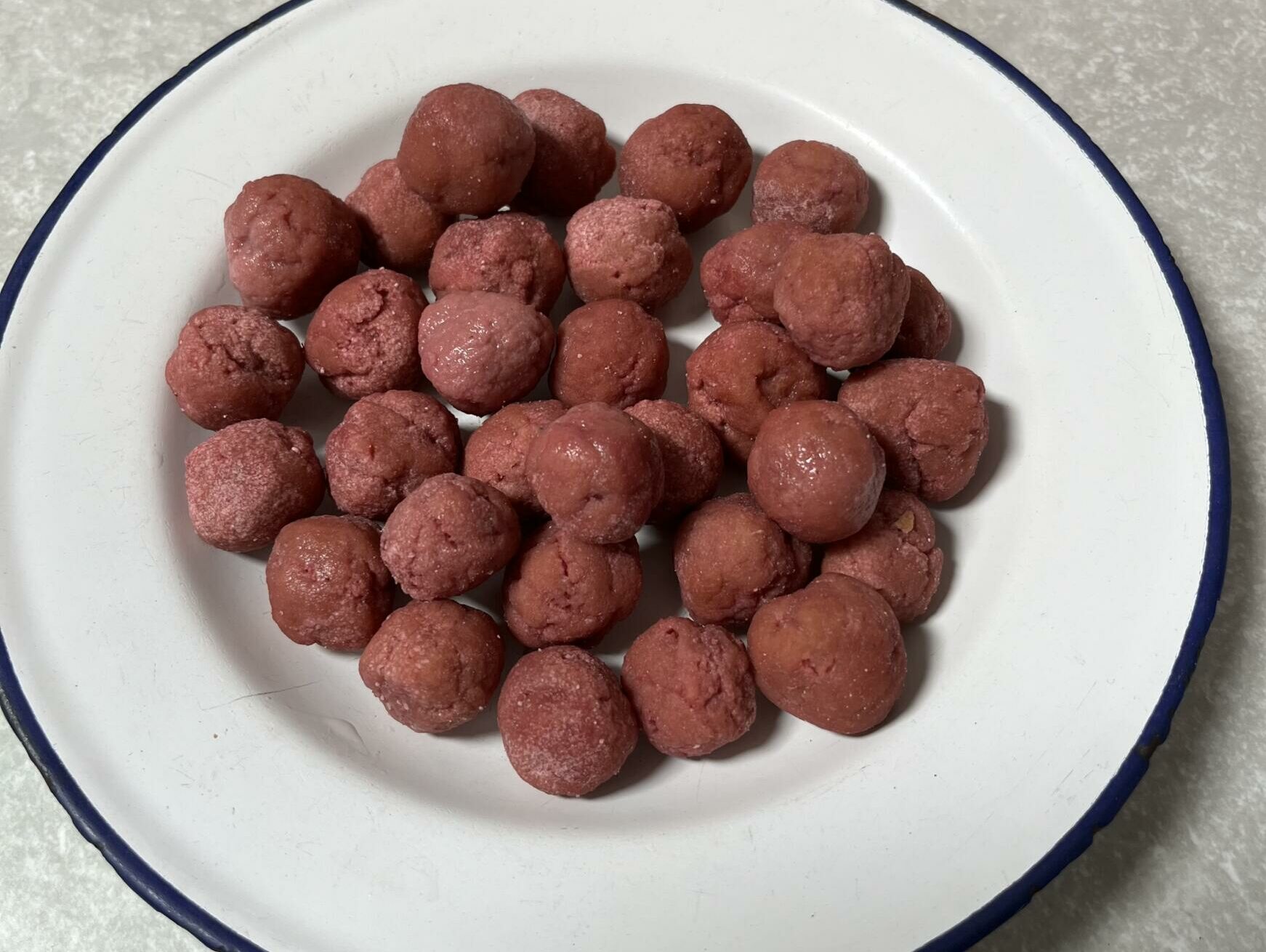
Home made boilies – they are quite easy to make and are much cheaper than shop bought versions.
Flavours
Boilies come in a multitude of flavours and all tackle shops will stock them. The downside of course is that they can be expensive especially when planning a long session
In the main boilies consist of fishmeal and milk proteins, with sweeteners and added flavourings. To reduce cost it is possible to make your own and there are many and varied recipes available, a simple one that has worked for me is this:
- 4oz of soya flour
- 4oz of semolina
- 2 eggs
- 5ml of concentrated flavouring of your choice (although it’s been around for a long time I still think scopex is one of the best)
- 5ml of liquid sweetener
- 5ml of glycerine
- food colouring
Mix soya and semolina together. Beat the eggs and add flavouring, glycerine, sweetener and colouring and gradually add mix to the flour, mixing until you have a stiff paste. At this stage the paste is usable and can be moulded around a hook to make a very effective hook bait.
To make into boilies roll the paste into sausage shapes and then cut to make whatever size you wish your boilies to be. Roll the small pieces between your palms to round them off and drop into a pan of boiling water for a couple of minutes. Remove the boilies and allow to cool. They are now ready for use or can be frozen.
The boilies I make are never perfectly spherical, some are bigger than others and some have cracks in them, but, you see, the thing is, me and the fish, we ain’t bothered.
Peanuts
Although banned on many waters, the humble peanut is an exceptional carp catcher. The problem with peanuts are not the items themselves, but the way they are prepared, or more specifically not prepared prior to use.
To make peanuts (and tiger nuts, another great carp bait) ready for the hook, all that is required is that they are soaked in a bucket of water for twenty four hours, during which time they will soak up the water and swell up increasing in size. After soaking, place the nuts in a pan of boiling water and simmer for about half an hour. They will then be ready for use. It really is as simple as that.
If they are not prepared in this way and carp eat them in their raw state they could swell up in the carp’s gut causing damage to the internal organs of the fish.
Peanuts also make an excellent loose feed. To use in this way place some prepared nuts in a food processor and blitz until broken into small pieces. When used with hemp this is a great particle loose feed. If all this is too much trouble then they can be bought readily prepared from all tackle shops. Please check with your chosen fishery before using them.
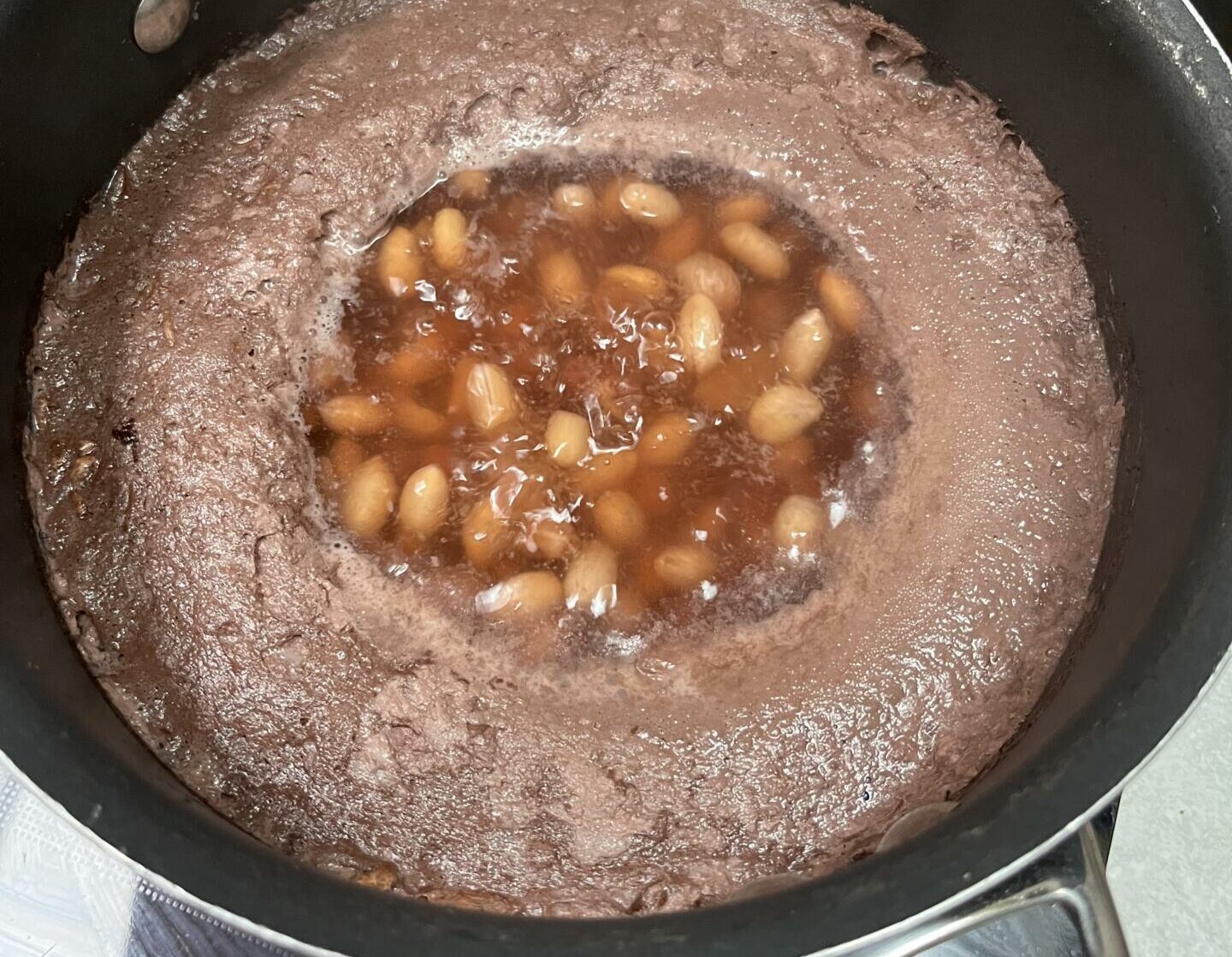
Although banned on many waters, the humble peanut is an exceptional carp catcher. The problem with peanuts are not the items themselves, but the way they are prepared, or more specifically not prepared prior to use.
Hemp
Another controversial bait and also banned on many waters, hemp seed is a great all round fish catcher. It can be bought readily prepared or in it’s raw form for home preparation. It is prepared in a similar way to peanuts in that it is soaked overnight, then placed in a pan of boiling water and simmered until the grains split and the white inside becomes visible. Drain off the water and you’re ready to go.
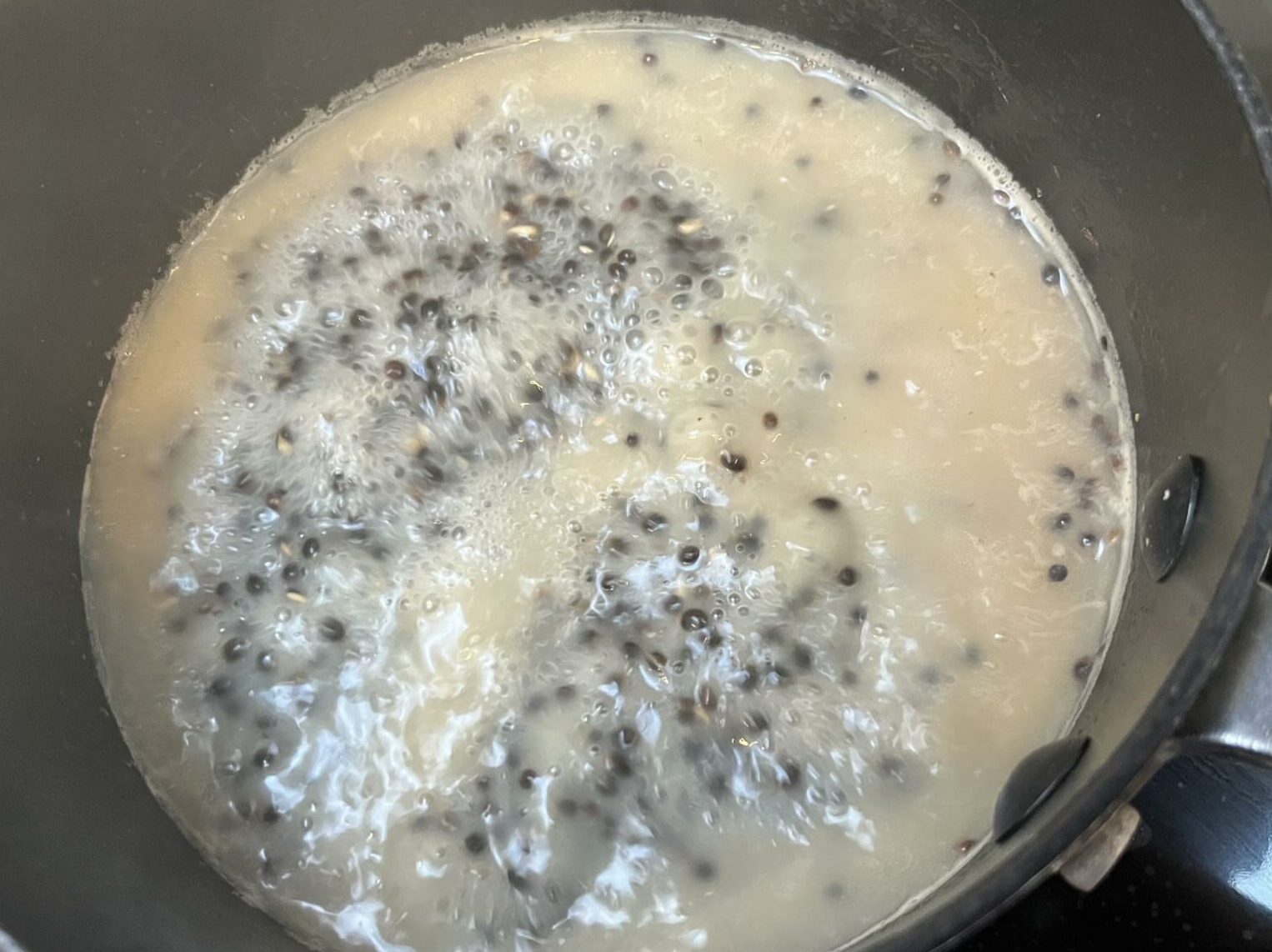
Hemp can be prepared by being soaked overnight, then placed in a pan of boiling water and simmered until the grains split and the white inside becomes visible.
When used as loose feed take care not to put huge handfuls into the swim. Hemp in an oily bait and by introducing too much it can overfeed the fish and drastically reduced the chances of further catches. The much used phrase ‘little and often’ is never more true than when loose feeding hemp.
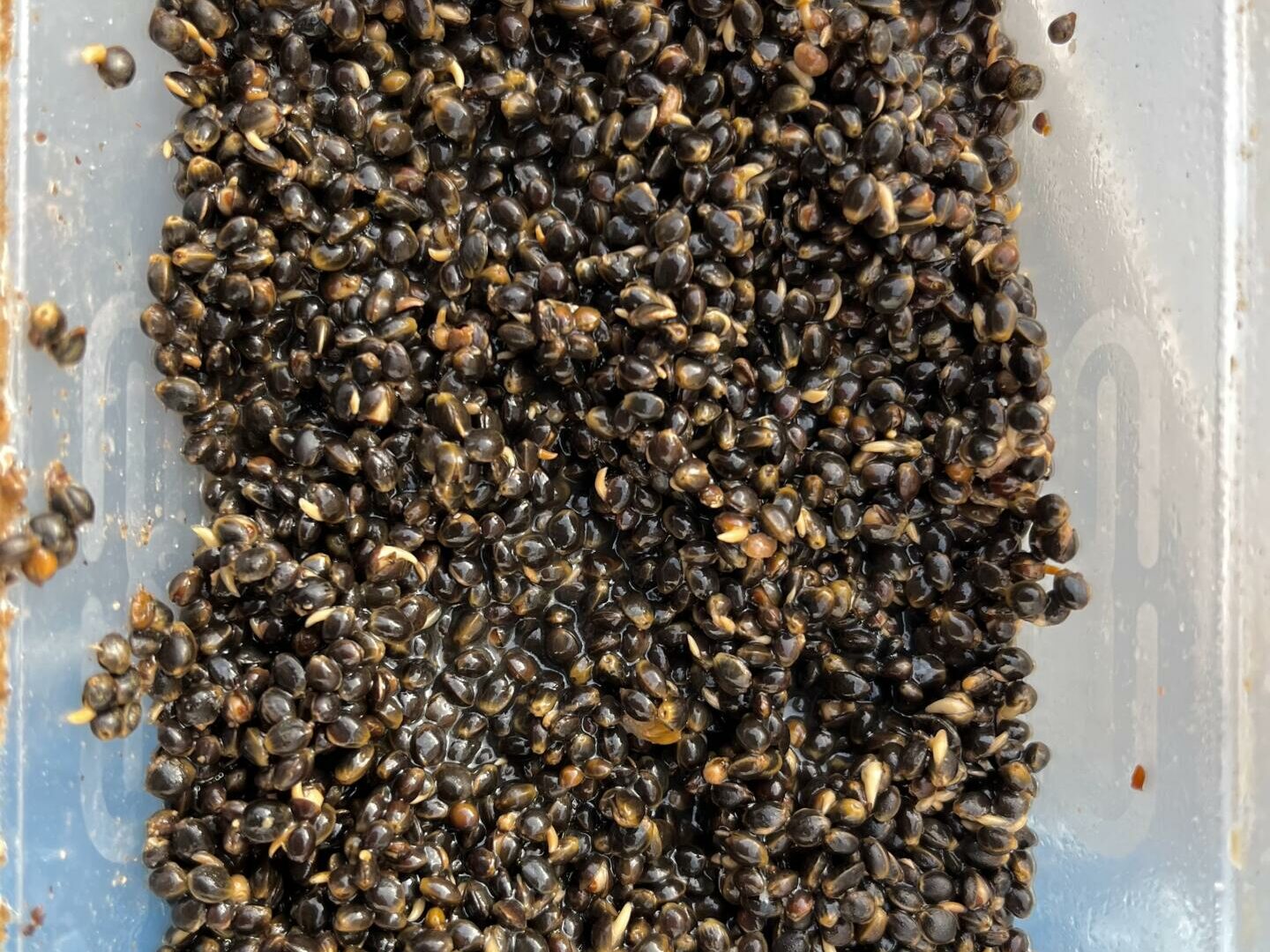
Prepared Hemp – a great addition to ground bait or can be fished on a size 20 hook.
Groundbait
Again the vast array of different bags of groundbaits on offer in tackle shops can be overwhelming to the novice angler (and very expensive too).
The purpose of groundbait is to attract fish into your chosen swim and stimulate the feeding response whilst at the same time not actually feeding them, thus increasing the chances that they will grub around and seek out whatever tasty morsel you have on your hook.
Simple groundbait
To make a simple cheap and effective groundbait, put some stale bread into a food processor and blitz into as fine a powder as you can. Add semolina to this in a ratio of around one part semolina to five parts bread powder. Put the mix through a sieve to remove any lumps and voila, you now have a very serviceable groundbait mix.
Mixing Groundbait
When mixing groundbait it is important to gradually add water to the dry mix and not the other way round. Also it is best if done at the water’s edge using lake/river water and not at home with tap water.
Add small amounts of water and any flavourings you choose (I know of one chap who mixes some milk into the groundbait to give an extra clouding effect as it drifts down through the water) and vigorously mix it in until the groundbait is damp enough to be squeezed into a ball, but breaks up to a crumb when rubbed between palms.
Groundbait mixed to this consistency will form a slowly sinking cloud as it hits the water and can also be used in a swimfeeder.
Conclusion
Fishing is a fantastic way to spend the day in the great outdoors. It calms the mind and brings you closer to nature than any other outdoor activity I know and by using a little bit of imagination when it comes to your baits it does not need to be expensive.
The baits I have described will work on canals, rivers and lakes and have been tried and tested over the years resulting in the capture of prize specimens or net fulls of fish, or both, like my mate Mark, who showed what a very good angler he is, when on one of our regular trips to the water’s edge he not only had a very weighty mixed bag of roach, bream, rudd and tench, but then went on to finish the session with a 14lb common carp.
All the fish were caught using self produced and supermarket baits, which in this case were, sweetcorn, luncheon meat flavoured with curry powder and home made paste.
Using inexpensive baits bought from a supermarket, or even better, baits you have prepared yourself is immensely satisfying and adds another dimension to an already great day out.
FAQ’s
Is hemp seed universally banned?
No, hemp is not banned everywhere, it is an excellent bait and when used little and often as a loose feed will attract fish to your swim. But as with peanuts it is a good idea to check with the fishery before using it.
What is a good bait for Tench?
Sweetcorn, maggots, bread and luncheon meat are all good tench baits. But like all fish, tench can sometimes take a surprise bait. Here’s a tip, try cockles.
How long can I keep maggots for?
To keep maggots fresh they should be kept in the fridge where they will keep for anything up to a couple of weeks. In ambient temperatures maggots will generally turn to casters in around four or five days.
Are peanuts safe for carp to eat?
Yes, provided they are properly prepared before use. Always soak overnight and then boil for half an hour before using and remember to check with the fishery to make sure you can use them.
When mixing groundbait should I add the dry mix to water?
No, as it is very difficult to judge amounts. It is much better to add small amounts of water to the mix until the required consistency is reached.
Do flavourings make groundbait more attractive to fish?
Yes, I like to add scopex to my mix, but any sweet liquid will give it a boost. Try a little honey or molasses or even a little garlic oil from the supermarket and if fishing with sweetcorn or chick peas, don’t pour the liquid from the tin away, add it to the mix, it’s sweet and fish love it.
Venues to try these baits on
- Dad’s Pool, Temple Farm, Wolvey Leicestershire. £8 per day.
- Stockton Reservoir (Blue Lias) Warwickshire. £6 per day.
- River Trent, Fiskerton, Nottinghamshire. £6 per day.
- Coventry Canal, Nuneaton, Warwickshire. Tusses Angling Club. £20 per year.
- Ashby Canal, Nuneaton, Warwickshire. Tusses Angling Club. £20 per year.
- River Avon, Anchor Meadows, Harvington, Warwickshire. £10 per day.
Similar articles
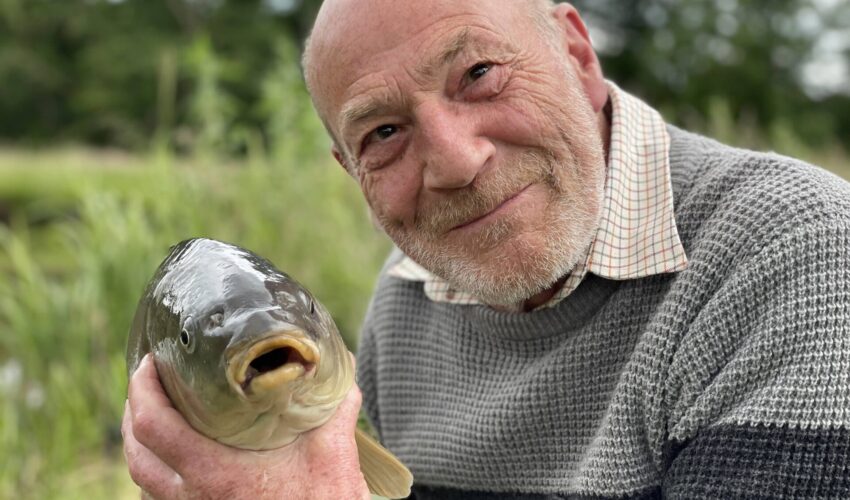
In Memory of Peter Cliff
It is with heavy hearts that we announce the passing of Peter Cliff, the founder of Fisheries.co.uk, who passed away in May 2025. Peter’s vision and dedication transformed what began as an idea 26 years ago into one of the…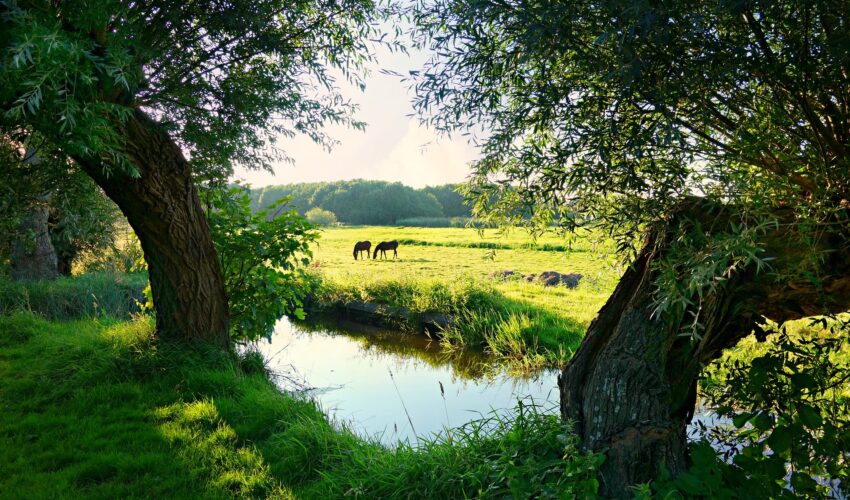
River Fishing – A guide to getting started
Are you thinking of going for a trip to the river in 2025 but find yourself filled with trepidation because you have never fished running water before? Well I want you to relax. Let us take the mysteries out of…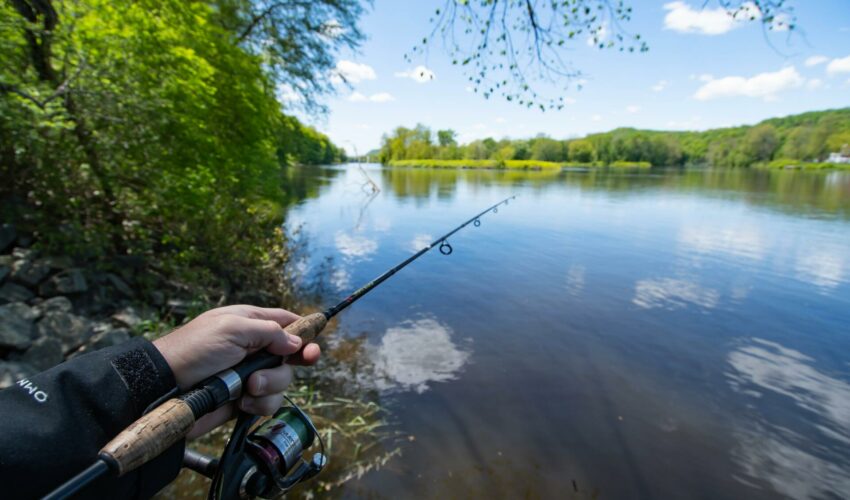
A guide to fishing licences in 2025
Whether you want to become a new angler or you’ve been fishing for years, you will be required to obtain the Environment Agency Rod Licence. In this article we explain what you’ll need if you want to go fishing in…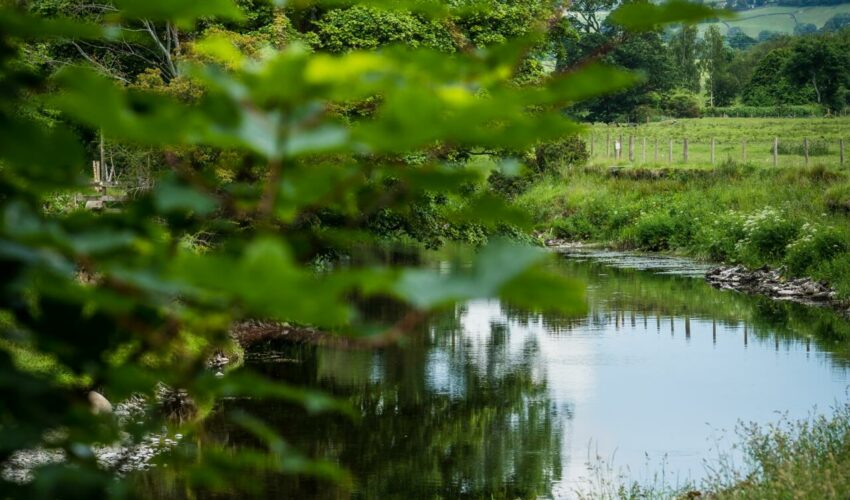
Make the most of the 2025 river season with this in-depth guide to fishing rivers
If you’re new to fishing rivers, or just fancy a change from fishing stillwaters, this guide will help you make the most of the new 2025 river fishing season. With advice on reading the water, what species to fish for…
Our guide to fishing this spring (2025)
With the worst of the weather over (we hope!) and with spring finally here, it’s time to clean out that tackle box and get on the bank for some spring time fishing.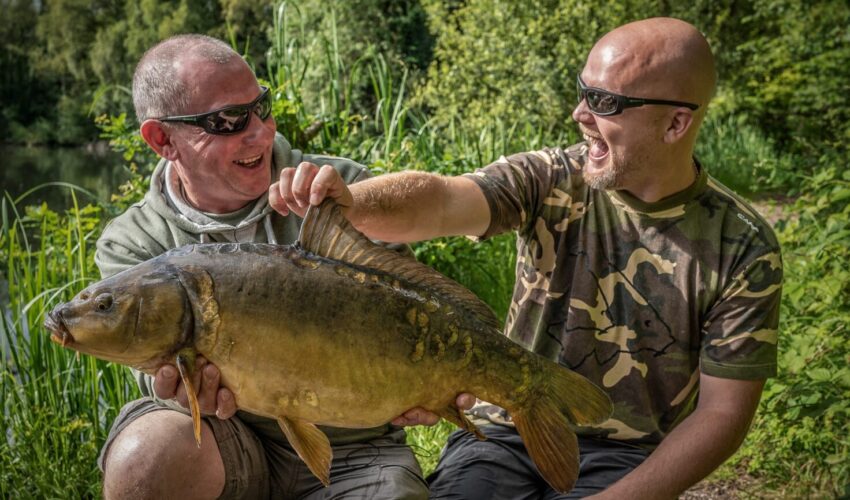
Take a friend fishing
Get ready to hit the water! From April 18th to May 4th, 2025, you can get a free fishing license to take a buddy out and show them what fishing’s all about. Yep, free! It’s all part of the “Take…Search by Region or County
Find new places to go fishing in your local area or county by choosing your destination below










Comments